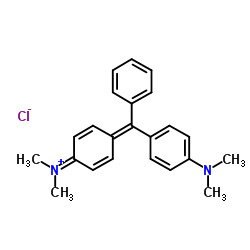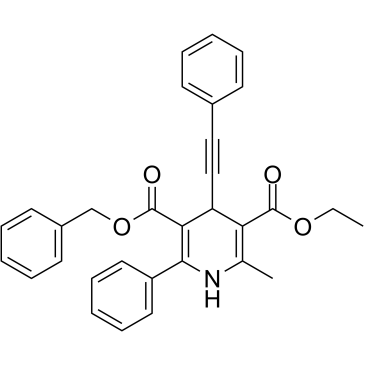| 结构式 | 名称/CAS号 | 全部文献 |
|---|---|---|
 |
孔雀石绿
CAS:569-64-2 |
|
![1-[2-(4-甲氧基)-2-[3-(4-甲氧基苯基)丙氧基]乙基]咪唑 结构式](https://image.chemsrc.com/caspic/293/130495-35-1.png) |
1-[2-(4-甲氧基)-2-[3-(4-甲氧基苯基)丙氧基]乙基]咪唑
CAS:130495-35-1 |
|
 |
MRS-1191
CAS:185222-90-6 |
|
 |
1,3-二丙基-8-环戊基黄嘌呤
CAS:102146-07-6 |